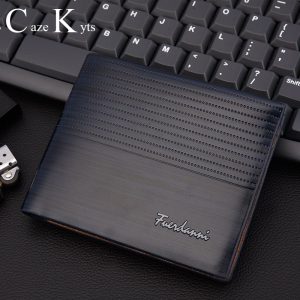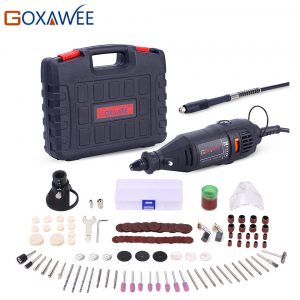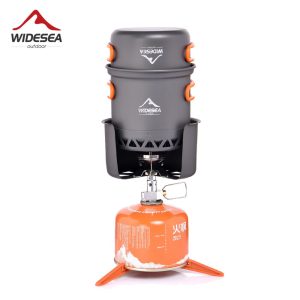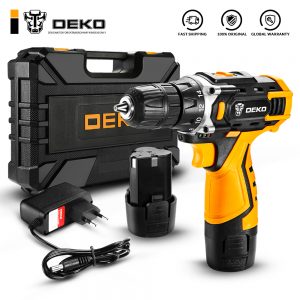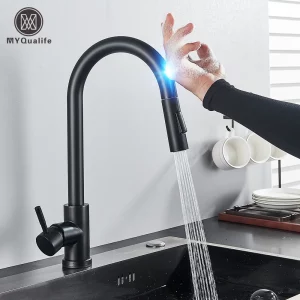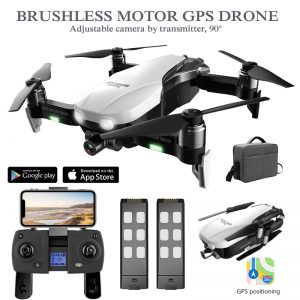Table of Contents
ToggleDJI Thermal Drones
Drones can be seen as existing objects that accompany highly technologically advanced mankind with functions in numerous sectors. A true segment where drones have provided benefits is in the sphere of thermal extraction and reconnaissance. All these features are implemented in drone manufacturing, in particular, by DJI, a world-known company that specializes in creating unmanned aerial vehicles (UAVs) and imaging technology. DJI thermal drones remained at the frontline as game chasers with innovative solutions in host application areas.
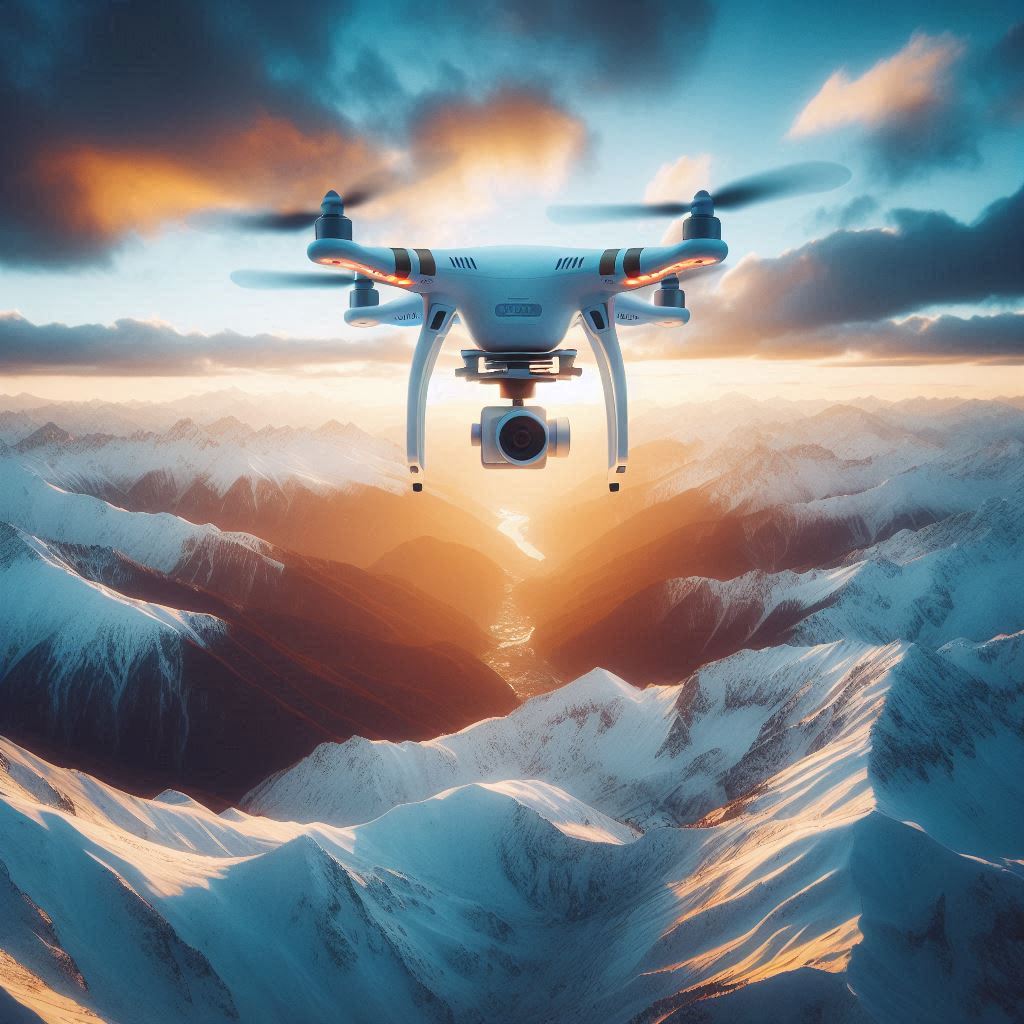
How does DJI Thermal Drones Ag work?
DJI thermal drones are highly developed systems based on powerful drones with stabilization systems and thermal cameras with high-detail resolution that can detect heat irregularities. These drones are essentially UAVs that incorporate powerful thermal imaging systems, which enable users to collect aerial data using thermal imaging at the same convenience as traditional optical imagery.
DJI thermal drones are flexible based on the context and climate in which they will be used, and this makes them suitable for uses like search and rescue, firefighting, inspection of industries energy audits, and power and wildlife conservation, among others.
How the DJI thermal drones work.
DJI thermal drones incorporate thermal imaging technology that aids in the determination of temperature levels by sensing the infrared radiation emitted by objects and bodies. From these differences in infrared energy levels, the drones can generate thermal images that can precisely display distinctions in these temperatures and make it easier for users to detect threats, weaknesses, or other issues that are otherwise indiscernible to the human eye.
The DJI thermal drones use thermal cameras that scan in either long-wave infrared (LWIR) or mid-wave infrared (MWIR), providing better imagery with high resolution and enhanced clarity. These cameras can also work under challenging illumination conditions and have a broad working temperature range, enabling them to build accurate environmental data.
In recent years, DJI thermal drones have become one of the most popular systems for practical use, including in different fields and industries.
Search and Rescue Operations:
DJI Thermal Drones in Search and Rescue Operations have been showing the efficiency of the system in quickly identifying missing persons or victims in areas that need a lot of time and physical exertion or are even dangerous. These drones can capture thermal pictures, perfect for identifying heat images of people despite the level of darkness or even when hidden.
Firefighting and Wildfire Monitoring:
DJI thermal drones are useful devices that are used in firefighting processes since they help firefighters receive thermal data in real-time. With technologies, they can capture or recognize hot areas, determine the direction that fire may take, and help in supervising and controlling fires more efficiently. This information assists the firefighters in particular decisions and also in the right distribution of resources.
Industrial Inspections:
In the industrial segment, the DJI thermal drone is applied for infrastructure, power lines, pipelines, and electrical management. These drones are capable of sensing elevated or lower temperatures than standard; this assists in detecting faulty equipment or probable issues in it before they worsen, hence enhancing operating efficiency.
Energy Audits and Building Inspections:
DJI thermal drones are incredibly useful in energy audits and building inspections, and the move by the government is welcome. They can identify areas of heat loss, areas in need of insulation, or areas that require special attention, as opposed to giving out general information to the residents as to where they can start saving energy.
Wildlife Monitoring and Conservation:
Human beings and wildlife conservationists have used DJI thermal drones in the survey of wildlife density as well as the detailing of their habits. With the use of these drones, it is possible to monitor the heat index of the animals, not interfere with the natural environment; this is very useful for studies on conservation.
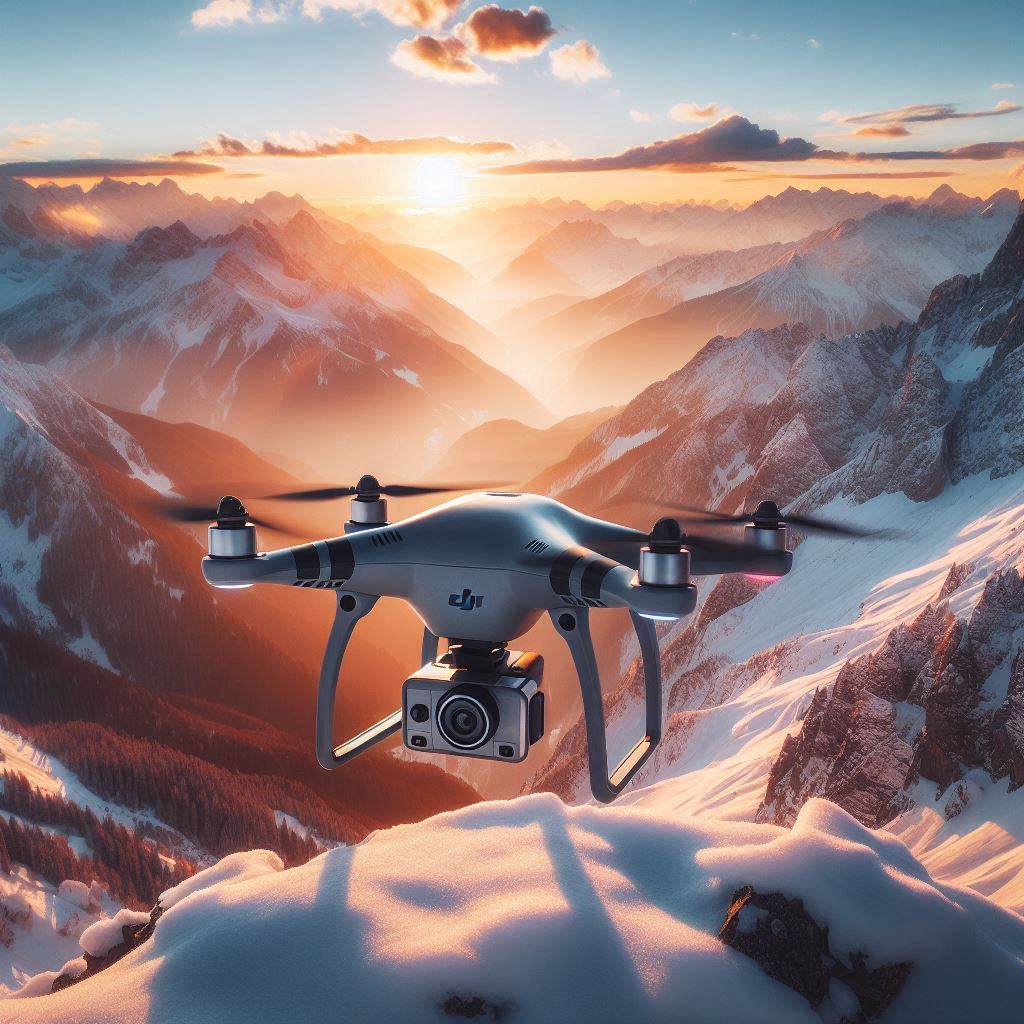
Advantages of Using DJI Thermal Drones
Enhanced Safety: DJI thermal drones can also be used as a more efficient and less dangerous technique to replace manual inspections in risky and/or overly complex conditions and locations for human staff.
Cost-Effective: LiDAR inspection is still somewhat expensive compared to the DJI thermal drones; however, it is less expensive than an outright overhaul and is more efficient.
Real-Time Data: They are thermal drones from DJI that offer an immediate transfer of thermal data that enables proper evaluation and decision-making.
Versatility: There is a wide range of available DJI thermal drones that are relatively small and portable, which makes it possible to use them in many settings and for various purposes.
High-Resolution Imagery: Tencent thermal drones’ thermal image collection permits more sophisticated thermal image capturing and scanning, maintaining high-resolution imagery.
DJI has several thermal drone models, and the pricing associated with each model.
In thermal drones, DJI has an array of them, beginning with those that are deemed small to those that are big and cost almost twice as much as the previous Here are some popular options:
DJI Mavic 2 Enterprise Advanced (Dual): Capable of operating during the day and night, this drone is embedded with a FLIR Lepton thermal camera and a 4K visual camera, which makes it suitable for industry inspections and dangerous missions, including police and fireman operations.
Price: Priced at USD 5,999 onwards
DJI Matrice 300 RTK with H20T Camera: Meant for commercial use, this powerful drone comes equipped with a professional FLIR thermal camera along with enhanced flight efficiency.
Price: Initially, the car is available for a price of USD 24,999.
DJI Zenmuse H20N: A mini thermal camera with portability and optimized weight for different DJI drones, which serves as an affordable and versatile option.
Price: The starting price for a standalone console is USD 5,999.
Conclusions
DJI thermal drones have significantly transformed how people conduct testing and surveys with the help of thermal imaging. With the integration of cutting-edge thermal imagery features and the flexibility offered by aerial platforms, DJI provides professionals with robust tools that can be used for gathering, assessing, and making key decisions.
These unseen DJI thermal drones can prove useful in search and rescue as well as industrial inspections and the conservation of wildlife. Looking into the future, it can only be expected that with advancements in technology, further features of DJI thermal drones will be incorporated to provide better and higher performance as compared to other competing brands.
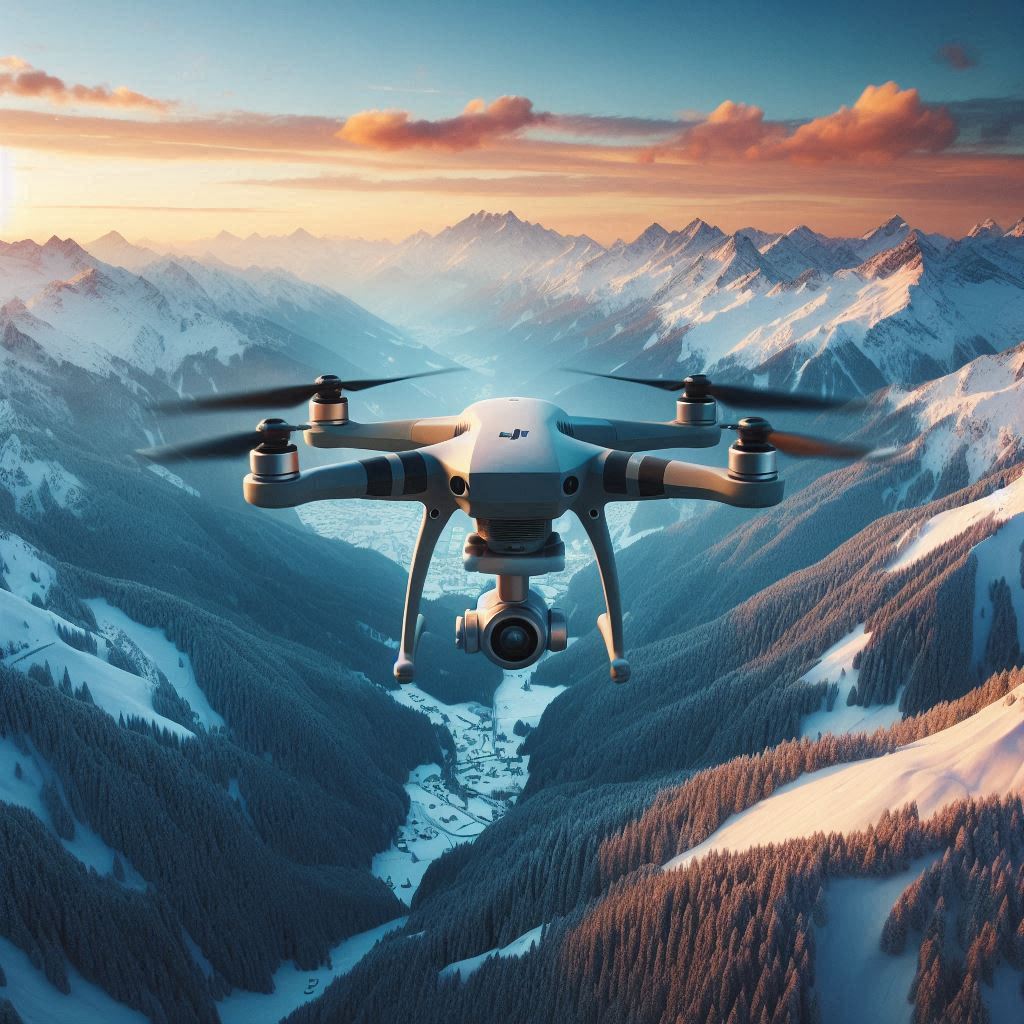
FAQs
DJI thermal drones and harsh weather: Is it possible to use the apparatus in intensely cold or hot temperatures?
Yes, most DJI thermal drones are engineered to operate under tough weather conditions, including strong wind, rainfall, and low or high temperatures, respectively. They consist of durable and rigid structures and are equipped with thermal cameras that can withstand rugged weather conditions.
What prerequisites are there to need to fly a DJI thermal drone? Can it be done without any training or certification at all?
Some specific models of DJI may be used only with certain permissions and training, which depend on their application and the market’s rules. As noted earlier, different countries have set down rules on the use of thermal drones in commercials.
What measures does DJI put in place to protect thermal data captured by the drones?
Before diving deeper into DJI’s privacy and security measures, it is essential to provide an example of how this technology works and how thermal data is collected. Forums, encryption, secure data transfer protocols, and compliance with data protection laws form part of the loop. As for data management, DJI also provides local data management accessories to address privacy issues.

